Tanks, missiles, sanctions and motivated engineers: inside the world of Russian weapons production
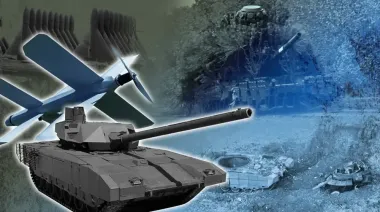
Russia portrays its defence industrial base as a pillar of a "great and mighty" state, capable of producing thousands of tanks, missiles and aircraft each year.
To some extent, the portrayal matches reality, as Ukrainian defenders confront thousands of Russian guided aerial bombs, ballistic missiles and attack drones every day.
In some cases, the might of Russian arms production is inflated through claims about "wonder weapons" such as the Burevestnik nuclear-powered missile, the Oreshnik intermediate-range ballistic missile, the state-of-the-art Su-57 fighter jet and so on.
Elsewhere, Russian weaponry is showing strain: obsolete T-62 tanks are becoming more common on the battlefield, Soviet-era storage reserves are shrinking and the military increasingly relies on low-grade shells and artillery from North Korea.
The closed nature of Russia's defence industrial base makes it hard to investigate what is happening within the sector. The propaganda machine continues to tout the "might" of local arms factories, obscuring the true state of the industry.
To uncover the realities of Russia's defence industrial base, Ukrainska Pravda spoke with Pavel Luzin , a senior research fellow at the Center for European Policy Analysis and the Saratoga Foundation, who has spent years studying the sector.
Drones are not the focus of this conversation, as they represent a distinct and understudied category that requires separate analysis. It instead examines conventional weapons production, which is crucial to Russia's technical superiority.

Rearmament at loss-making businesses
The Russian military unleashed the war against Ukraine in February 2022 as one of the most powerful forces globally. How did it get there?
Russia has pursued continuous rearmament since the 1990s. Topol-M missiles were introduced during that decade, and they began developing Iskander missiles in the late 1990s. Meanwhile, construction also started on 12 new nuclear submarines. It is telling that while the US was funding the disposal of Soviet-era submarines, Russia was building new ones.
Certainly, not every plan was carried out – financial and organisational challenges got in the way – but the process pressed on. Su-27 fighter jets were modernised throughout the 2000s and 2010s, while cruise missiles started to be developed from 1980s designs.
Two ambitious rearmament programmes followed, running from 2011 to 2020 and 2018 to 2027 respectively. Around RUB 20 trillion (approx. US$246 billion) has been invested in the defence industrial base during this period. The programmes involved modernising forces, developing new systems, purchasing equipment and building additional workshops.
What does the Russian defence industrial base consist of? How many private companies are there, and how many are controlled by the state?
In 2022, Russia had 1,356 defence-related companies. Most are grouped under state corporations: Rostec, Tactical Missiles Corporation (KTRV), United Shipbuilding Corporation (USC), Almaz-Antey, Roscosmos and Rosatom. These corporations are like real "matryoshka dolls", comprising hundreds of factories, legal entities and R&D institutes – and they continue to absorb new companies.

There are also nominally private companies that the state kept under its control during the 1990s privatisation through proxy ownership.
Among companies genuinely founded by private individuals, ZALA Aero (maker of Lancet and Zala drones) stands out. The company developed its products and secured orders, but once it became a major player in drone production, it was absorbed into the Kalashnikov Concern – an offer it was unlikely to be able to refuse.
Put simply, everything is under state control.
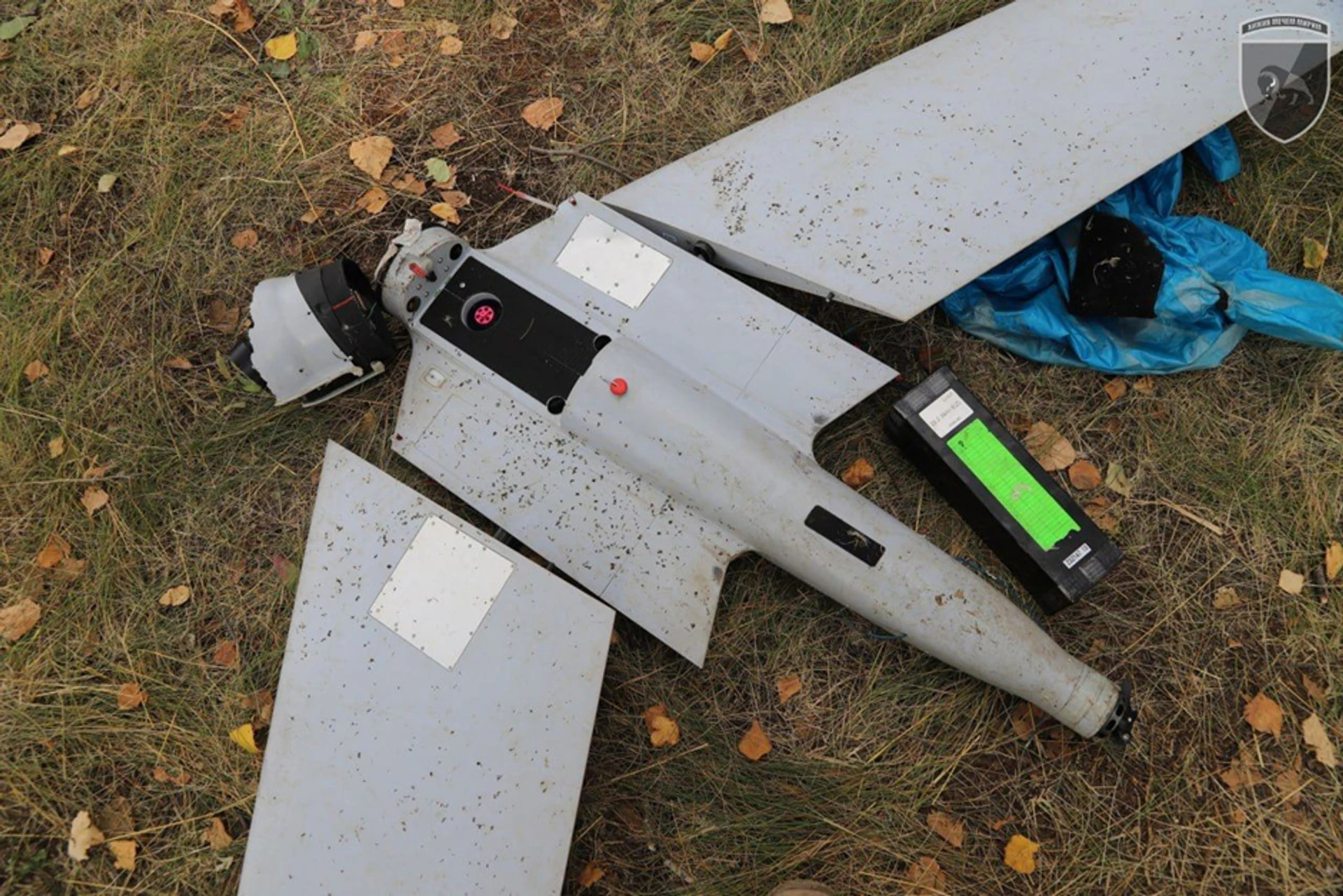
How much revenue do Russian defence companies generate for the state?
Over the past decade, almost the entire Russian defence industrial base has struggled with one issue: widespread unprofitability.
In the summer of 2019, non-performing loans totalled around RUB 700 billion (approx. US$8.6 billion), while the overall credit burden exceeded RUB 2 trillion (US$24.6 billion). This burden continued to rise, particularly from 2022 onwards.
By the late 2010s, major Russian defence companies – Motovilikha, Kurganmashzavod, Uralvagonzavod and even UAC (the main combat aircraft manufacturer) – had become unsustainable and were absorbed by Rostec. Only a handful, such as the Votkinsk missile plant, managed to stay afloat.
Recognising the unprofitability of the industry, the Kremlin ordered in the 2010s that by 2027, half of the defence industrial base's output should be civilian. Yet, these civilian products struggle to compete with imports, leading many in the industry to say "War will write it all off."
Russia was not only focused on its domestic market, but it was also among the top arms exporters globally. Did this somehow compensate for the gaps at home?
For many years, two main sources tracked Russian arms exports: official data from the Russian Federation and estimates from SIPRI (Stockholm International Peace Research Institute). Their figures were once nearly identical, but this changed in the 2010s. Russia reported exports of around US$15 billion, while SIPRI estimated roughly US$7 billion per year.
The reason is that Russia subsidised its exports, effectively supplying weapons for free. VEB Bank, which provides export financing, offered loans at around 2% per year in roubles. Repayment was allowed after the weapons were delivered.
India, for example, signed a contract for an S-400 air defence system under exactly these terms, with payment scheduled to begin after the final deliveries in 2024. However, no deliveries took place after 2022, making it unlikely that India has started paying. A similar situation applies to Türkiye, while deliveries to Belarus were made almost entirely free of charge.
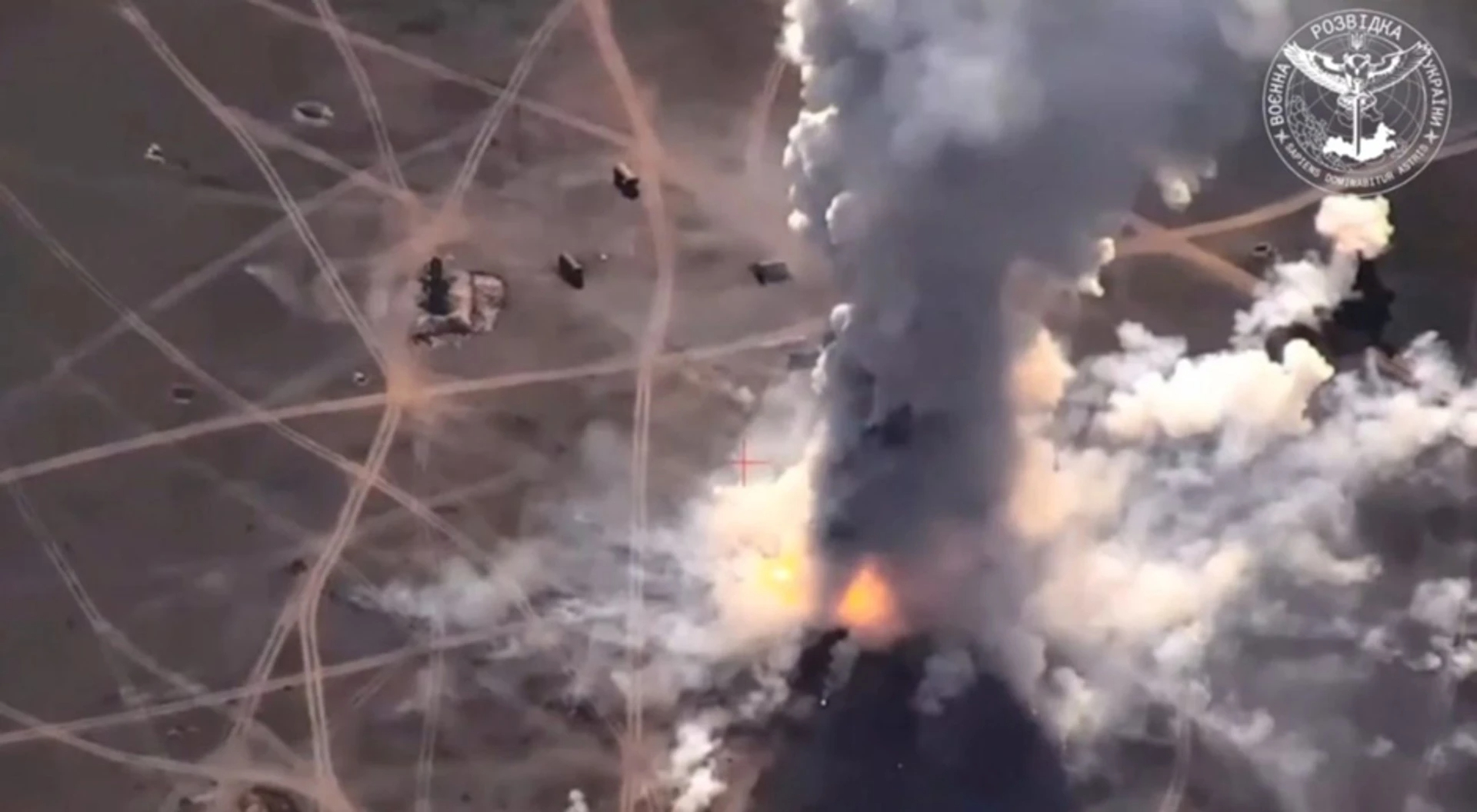
China (in the 1990s), India (before the S-400 deal), Algeria and Vietnam actually paid for Russian weapons. Today, exports total around US$1 billion per year, as production facilities focus primarily on fulfilling domestic defence orders.
After 2022, the entire industry began to grow. The production of equipment, shells, missiles and later drones increased. But does this mean the defence industrial base has fully emerged from the crisis?
Some companies benefited from a low base effect. For example, in the 2010s, Uralvagonzavod modernised its production facilities, repaired 150-160 tanks annually and produced around 30 new ones each year.
In the early 2020s, the pace slowed as contracts ended and plans to switch to producing the state-of-the-art Armata tank in limited numbers were delayed by the COVID-19 pandemic. Growth resumed once the war began, as the government directed, "No, guys, no Armata for now – we're taking equipment from storage, restoring and upgrading it and putting it into service."
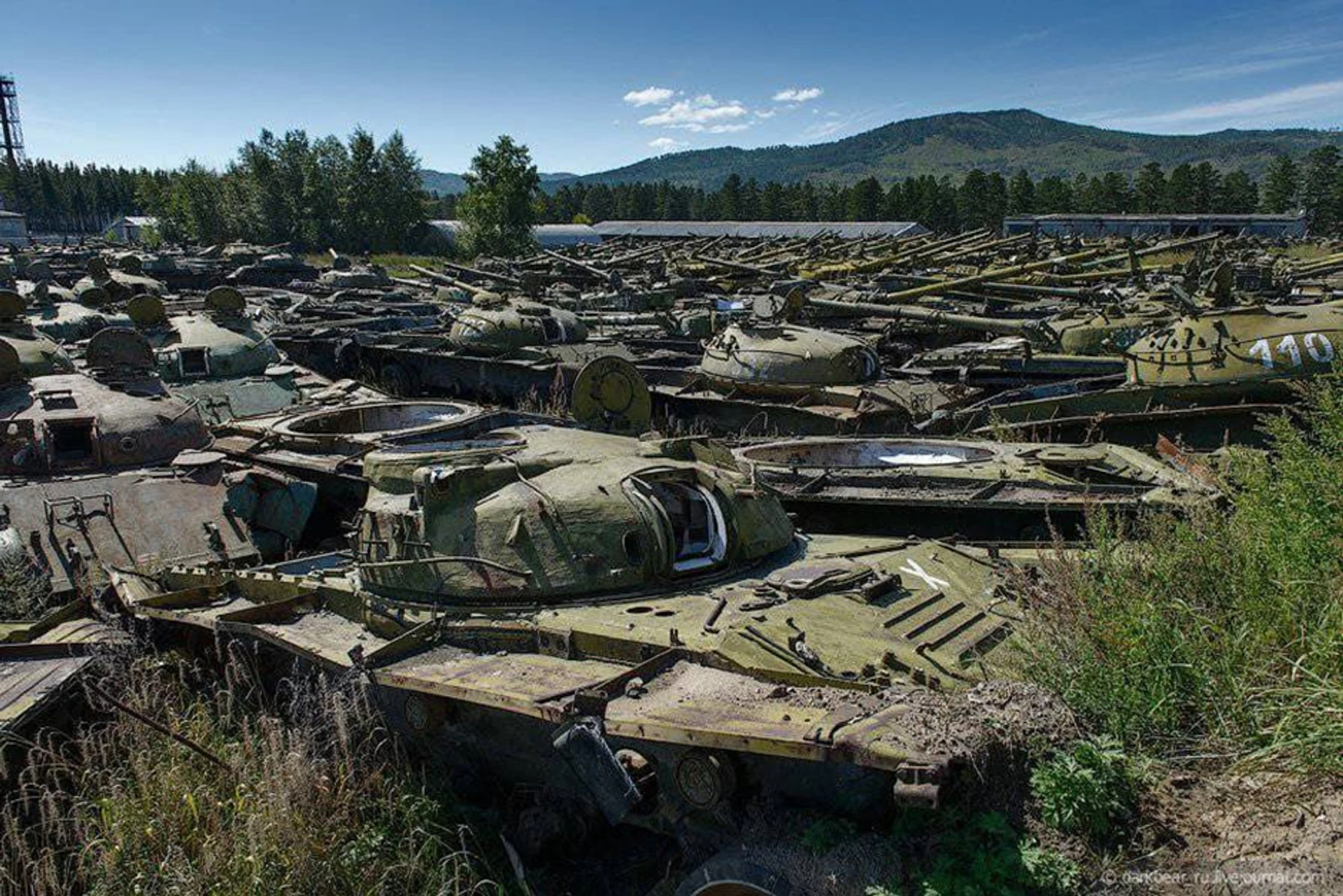
Many companies appear to be growing compared with 2021-2022. However, using 2013-2014 as a baseline paints a different picture.
By late 2024, the optimism seen in 2020 had vanished. Data for 2025 is not yet available, but it is already clear that the low base effect has been exhausted, stocks are dwindling and expanding the workforce is becoming increasingly difficult.
Certain areas of production are genuinely expanding – particularly missiles, shells and drones.
There has been much debate and doubt over the effectiveness of sanctions on the Russian military-industrial complex. Are they working, or should they be intensified?
Sanctions are working, curbing Russia's capabilities and increasing expenses. However, as for new sanctions, coming up with something new is challenging.
First, we need to help Ukraine develop and mass-produce weapons to take out Russian defence-industry plants. Second, it would make more sense to push for a full energy embargo rather than having lawyers chase some shady tankers [a reference to the shadow fleet, which Moscow has used to circumvent Western restrictions on its energy sector imposed since the full-scale invasion of Ukraine in 2022].
What role does China play in supporting Russia amid sanctions pressure?
Today, Russia is fully dependent on equipment and component supplies from China. China is not doing this out of charity – Russia is paying for everything. But Beijing has no interest in Moscow's defeat. As long as the war continues, China gains time.
Are sanctions affecting the shortage of components in Russia?
As long as the border with China remains open, there will be enough components. In Russia, there are indeed difficulties regarding labour and software, because talented programmers are less likely to get involved in the defence industrial base, unlike in Ukraine, where the best minds work for the common good.
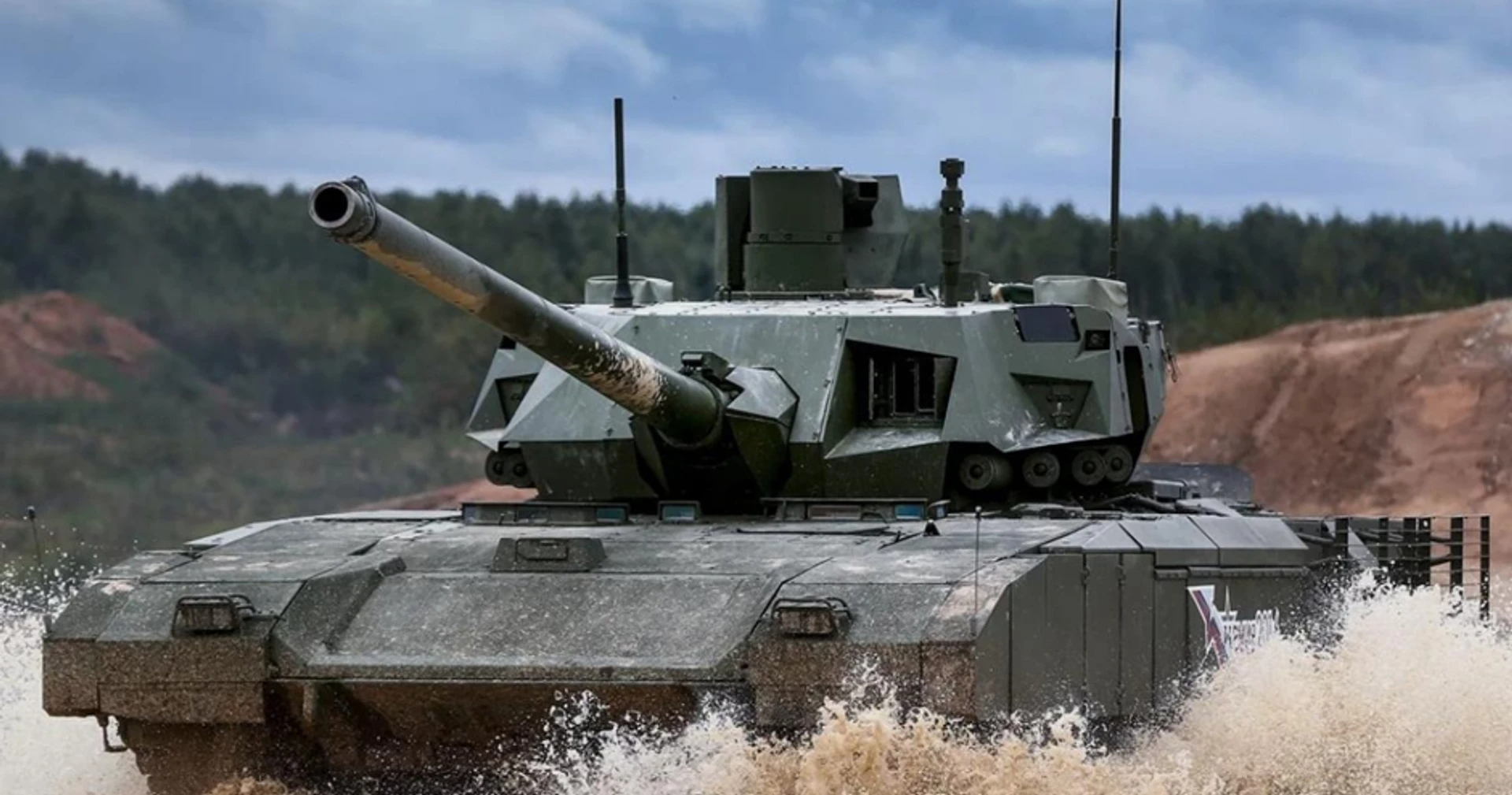
Over the past year, we have seen Ukraine step up long-range strikes. Which locations would most effectively hinder Russia's arms output?
It could strike powder factories in European Russia: Tambov, Kazan, Perm and so on.
It could strike weak links in the supply chain, such as Azot in Novomoskovsk and Azot in Berezniki – plants that produce concentrated nitric acid, a key ingredient in gunpowder.
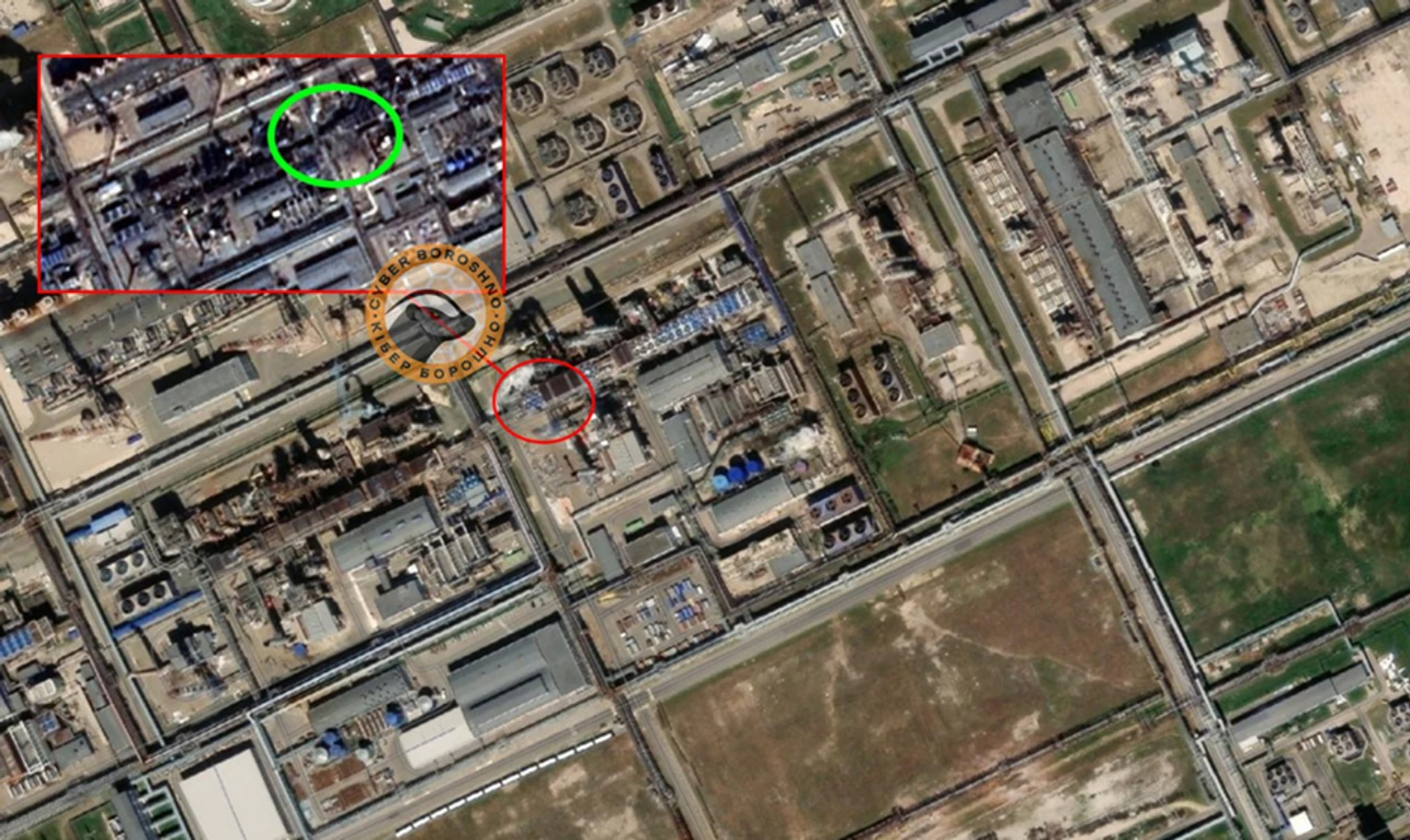
The Azot plant in Novomoskovsk was struck in June, causing production to fall. The plant was later repaired, though. Completely destroying a factory or workshop with drones is a challenging task – heavier munitions are needed – but even that strike produced significant results.
It is possible to act asymmetrically. For example, without the KBHA in Voronezh and the ODK Kuznetsov in Samara, Russia will be left without engines for the Tu-160 and carrier rockets. The asymmetry lies in the fact that with another strike on a Ukrainian kindergarten or hospital, Russia would lose its ability to fly into space.
Operations can also continue against oil refineries and traction substations – as is already happening – wearing Russia down with problems of fuel supplies, other petrochemicals and logistics.
Factories are experiencing a labour shortage, but the workforce is motivated.
How many people currently work in the defence industrial base?
By 2022, the government claimed there were 2 million defence industrial base employees, but my calculations put the number closer to 1.5-1.6 million.
Questions remain over personnel quality: most are ordinary workers, while there is a severe shortage of engineers and scientists. The average age is 43, and 35-40% of employees are approaching or past retirement age.
A worker may be 20 years old, while a design engineer may already be retired. Young engineers are less prepared – many qualified, specialised personnel have left, and mostly lower-performing students have entered the industry.
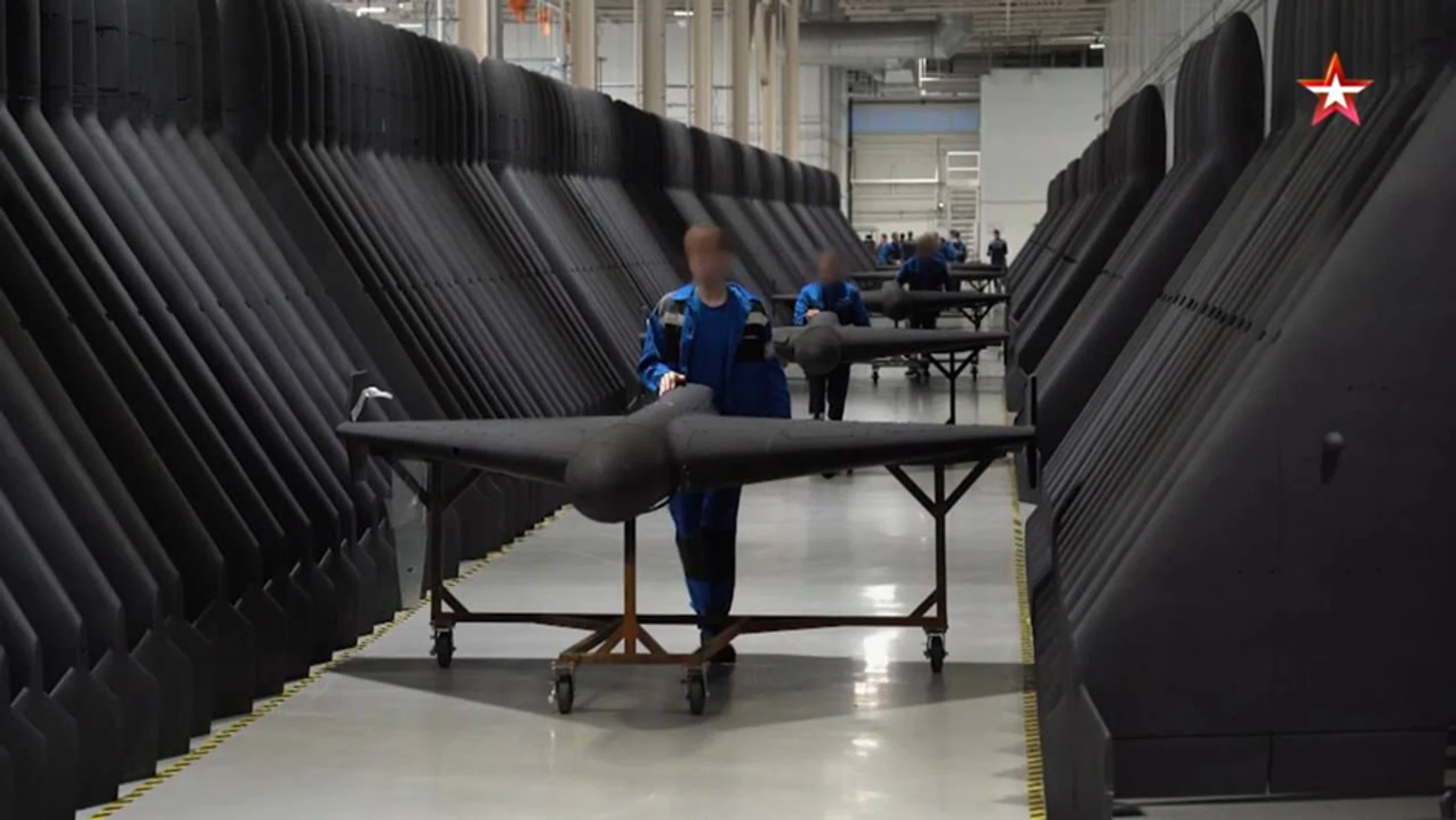
How are they encouraging people to go to work in factories?
They are offering around RUB 100,000 per month (US$1,231) instead of the previous RUB 60,000 (US$738), but the working week has increased from 40 to 70 hours. Calculated on an hourly basis, the pay has hardly changed.
In 2022-23, people were motivated by exemption from mobilisation. Now, incentives come in the form of social packages. Russians are also being restricted from accessing universities so that more young people attend colleges and vocational schools, which provide a direct route to factory work.
It is difficult to find workers because around 1.5 million blue-collar employees have left the economy, either through mobilisation or as contract soldiers.
How would you assess the effectiveness of Russian design capabilities?
I recall an interview with a young engineer, around 34 years old, who was the chief designer at the Ivanovo Machine Tool Plant. In the interview, he said his main achievement was successfully copying a Czech machine tool – a telling example of the state of design potential.
And while some design bureaus do create new products, they more often develop them based on existing technologies.
In our war, success depends not only on technological capabilities but also on mass production – the coordinated effort of everyone involved. In your view, which side is better at scaling up production?
Well, look, Russia is still producing tanks – it's difficult, but they are doing it. Ukraine, by contrast, is primarily focused on repairs.
When it comes to self-propelled artillery [such as the Bohdana howitzers], the situation is reversed: Ukraine can rely on its partners and, to some extent, its own production, while Russia does not have this option. It depends on North Korea, where the quality of production is questionable.
The challenge with scaling up production is that the more you make, the higher the defect rate. In Russia, where everything is state-controlled, no one is willing to take risks, limiting flexibility and the ability to ramp up quickly. In Ukraine, companies operate with more freedom and can scale production more effectively.
However, centralisation, access to funding and motivation remain among Russia's strengths. After all, you can't call it solely Putin's war when a large part of society supports it.
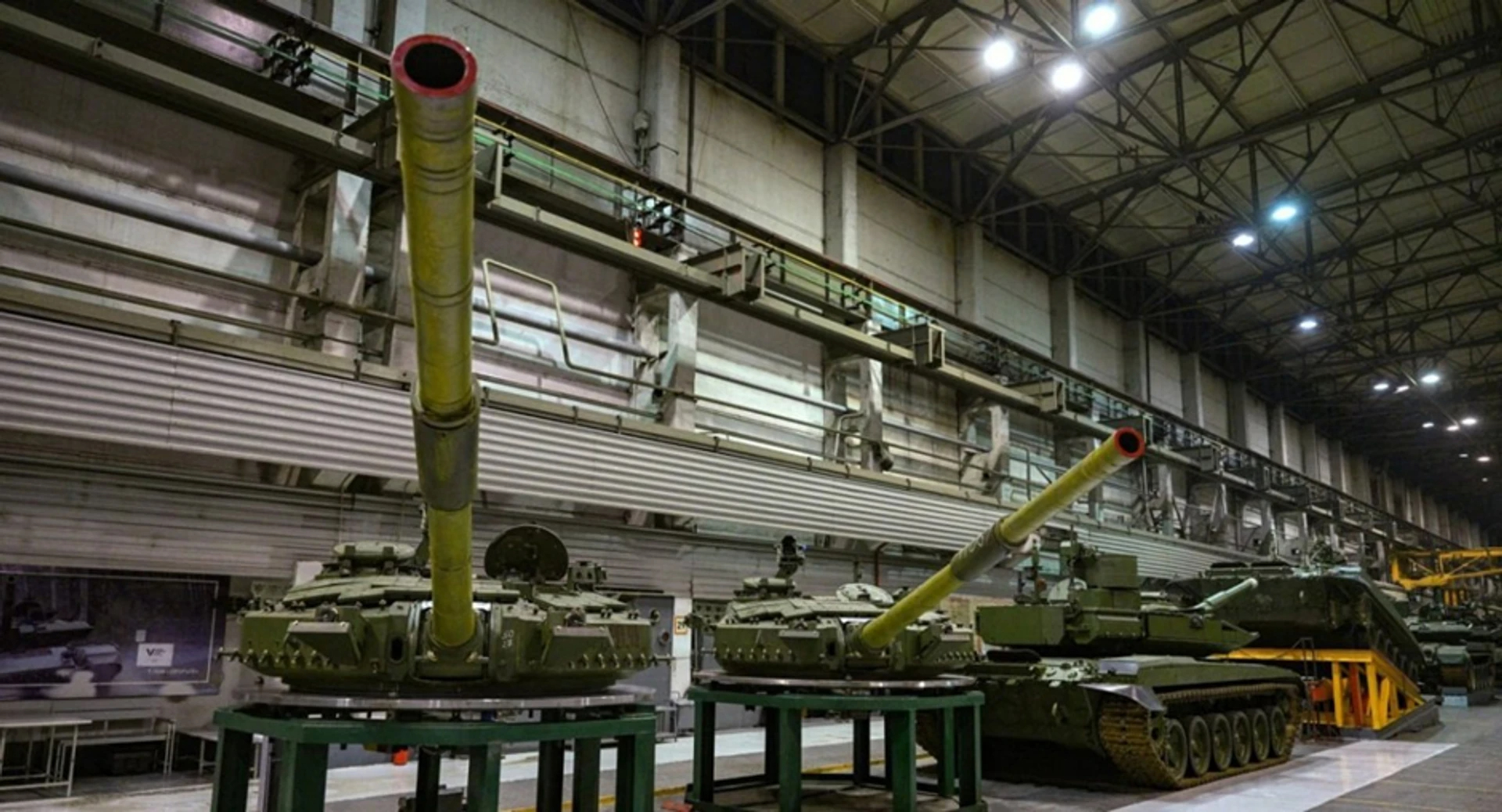
"It is no longer possible to restore the 2022 level of potential."
A leaked Uralvagonzavod plan indicates that in 10 years they will produce only half of the tanks they [Russian forces] have lost [in Ukraine]. Why can't they fully restore their losses?
A tank is more than just metal on tracks. It's a turret, a gun, an engine and a control system. Each link in the supply chain has its own constraints, and everything depends on people and equipment. Even if Uralvagonzavod were somehow able to produce 200-300 new tanks per year, it would still take decades and a massive number of radial forging machines.
They could attempt to manufacture their own machines or collaborate with China, but the quality would suffer.
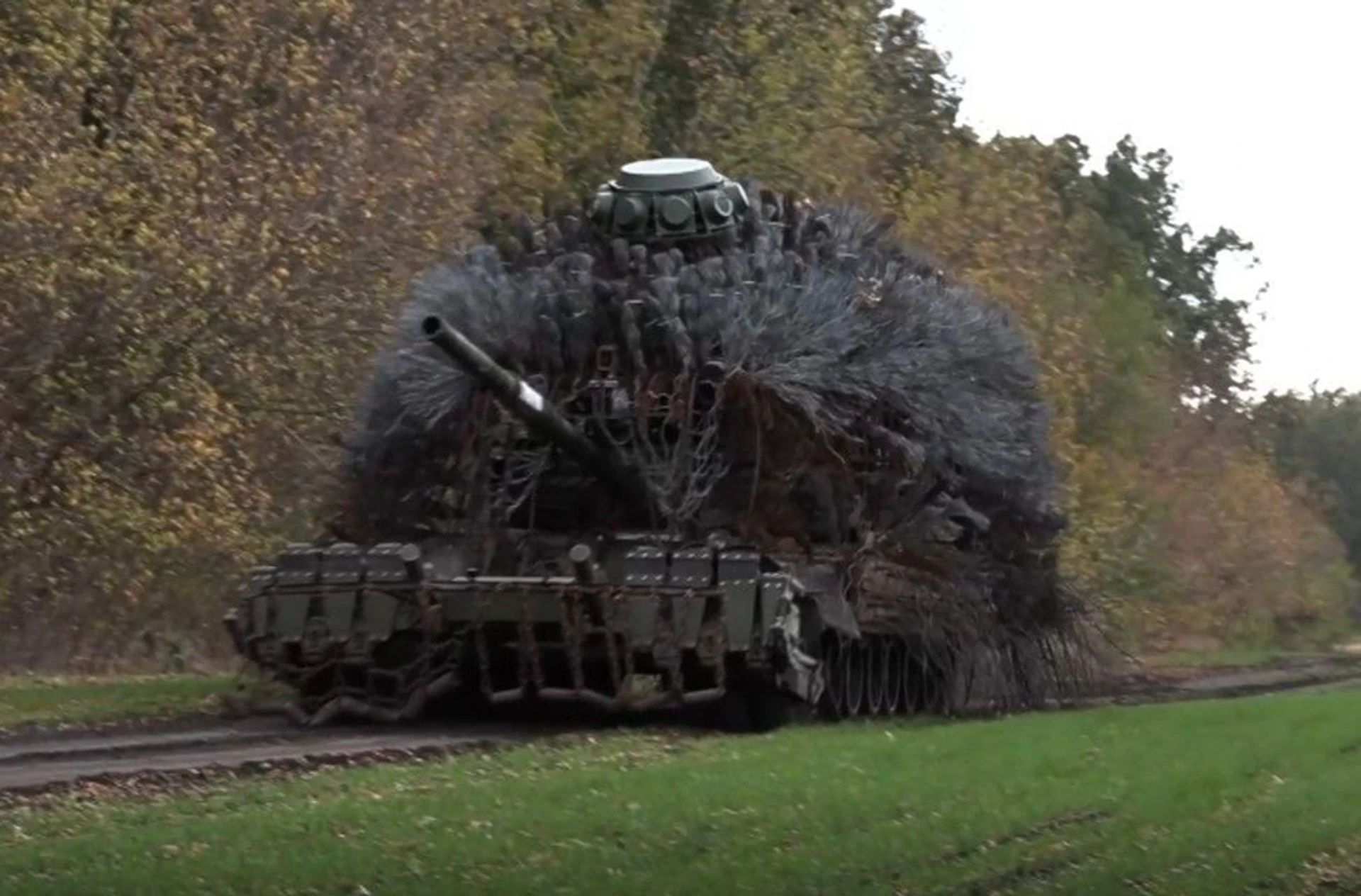
That's clear when it comes to tanks. But why do the Russians rely so heavily on existing artillery stocks instead of producing new ones?
Much depends on gun barrels and the number of available Austrian radial-forging machines. One solution is standardisation – abandoning several calibres in favour of 152 mm.
It is unclear whether Russia will abandon the Giatsint, Pion and Tyulpan systems to concentrate on 152-mm self-propelled howitzers such as the Msta and Malva. Alternatively, they may insist that heavy artillery brigades are necessary – as previous doctrine dictated – and press ahead with production at any cost.
What about shell production?
Judging by the performance of the powder industry, it seems unlikely that they will be able to outperform their current rate of productivity. Moreover, the fact that North Korea has been supplying shells for the past two years also suggests that Russia is struggling to increase production further.
Besides, we can see from the United States' more transparent and accessible experience that scaling up shell production appears easier than increasing the production of propellant charges.
I don't see Russia consistently producing more than two million shells a year. They may be able to eke out additional rounds by repairing and reprocessing stocks, but that is no substitute for full-scale production.
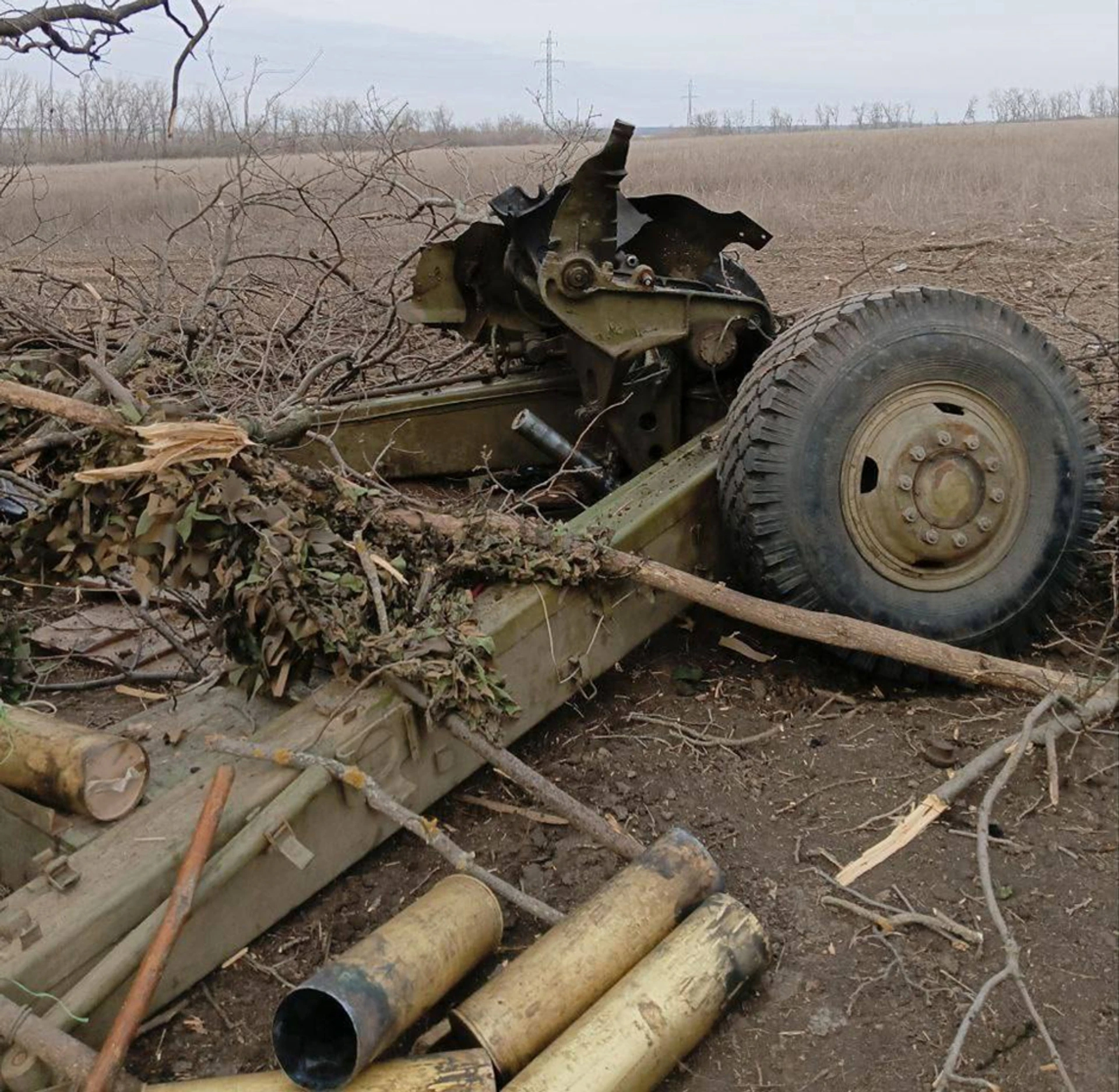
Will Russia be able to recover its losses after some of its ships were destroyed in the Black Sea?
Russia does not produce cruisers, and the production of combat landing ships faces significant problems. Frigate construction is hindered by engine issues, which have been only partially resolved since 2014.
However, Russia does produce small missile ships – carriers of cruise missiles – and is likely to continue doing so. This is particularly true given that they can be easily moved along rivers and canals connecting the Baltic, Caspian and Azov-Black Sea regions.
Production of nuclear submarines and diesel-electric submarines will also continue as far as possible.
Compared to other industries, aircraft manufacturing appears to be the most stable. But is there more going on than meets the eye?
Well, you yourself wrote a story about strategic aviation. Factories continue to deliver around 12 tactical aircraft of various types per year. The Su-30/34/35 modernisation programmes have helped – some avionics are now produced domestically, while others are still imported.
Helicopters are produced in small numbers – around 10-15 per year. The Ka-52 and Mi-28 faced technical issues even before the full-scale war began. On the one hand, drones have partially replaced helicopters; on the other, they are highly vulnerable to portable air defence systems.

Among the largest threats to Ukraine from Russian aviation are guided aerial bombs . How did Russia achieve such rapid development and production?
In Russia, this work was carried out by GosMKB Raduga, a large design bureau that has retained staff with relevant knowledge and experience. So there is nothing extraordinary about it. They also likely had access to captured Western guided-bomb models in the past, which served as references.
We're witnessing rapid growth in the production of first-person view (FPV) drones. What can be said about Russian manufacturers?
There are many of them across different regions. These are assembly plants tied to local elites, building drones from Chinese components. Depending on the model, output can reach tens of thousands or even hundreds of thousands.
In addition to boosting drone and shell production, the Russians have also started producing more missiles. How were they able to achieve this?
It's hard to say. I suspect they had substantial stocks of R95‑300 engines for cruise missiles. There are indications that Omsk is not the only producer of TRDD‑50 engines today – Rybinsk and Moscow may be supplying components.
The situation with ballistic missiles is also complex. It's possible that if production of the Yars missile has decreased, the surplus solid fuel may have been redirected to Iskander missiles. But these are just my assumptions – perhaps my colleagues have a clearer explanation.
Russia has recently unveiled the Burevestnik missile, supposedly capable of flying indefinitely thanks to its nuclear-powered engine. But is it really a formidable weapon?
The Burevestnik is essentially fiction. Designing a nuclear reactor compact enough for a cruise missile is practically impossible. It's more of an attempt to show off and scare, disorient and demoralise the enemy.
If the Burevestnik is a hoax, what exactly is the Oreshnik?
The Oreshnik is a scaled-down version of the Yars missile – roughly two-thirds the size – which enables the Votkinsk factory to increase missile output. They have been working towards this since 2010.
The decommissioning rate of old intercontinental ballistic missiles outstrips production, so the Oreshnik will help maintain missile numbers, albeit with a different range.

You mentioned that old intercontinental missiles are being decommissioned faster than new ones are produced. Could you explain this in more detail?
Yes, the Voevoda missiles no longer exist – they were fully decommissioned by the late 2010s, and the last test launch took place in 2013. The Yars missiles are nearing their first retirement, as they will soon reach 15 years of service. It's likely efforts will be made to extend their lifespan, but some missiles will inevitably be decommissioned.
The Sarmat [missile] exists to sustain the Makeev Rocket Centre and keep the Krasnoyarsk Machine-Building Plant operational. Essentially, it is a modernised, localised version of the Soviet R-36M Voevoda, the brainchild of Ukraine's Pivdenmash.
They also have the Bulava for submarines, but it's not clear how many have been made. Besides the Borei class, there are older subs – the Delfins – and how many are still around is a big question.
Will we see the Russian defence industrial base start to deplete, and how would we know if this is happening?
Ultimately, the battlefield will show what flies and what burns. We will probably also see technology simplified and more solutions built from affordable Chinese components.
There is no going back to January 2022, even though the Russians would like that. The most likely scenario is a simplification of technology: instead of BMP infantry fighting vehicles, there may be armoured vehicles, possibly wheeled tanks. They will aim to keep producing aircraft, missiles and drones that can perform their roles. But narrowing the range of products also means fewer factories, which brings political risks – no one wants to take responsibility.
However, it cannot be said that losing funding or the potential of defence factories will bring the war to an end. If there is political will, the Kremlin will find a way to keep fighting.
Author:Illia Bolgaryn
Translation:Artem Yakymyshyn
Editing:Shoël Stadlen









